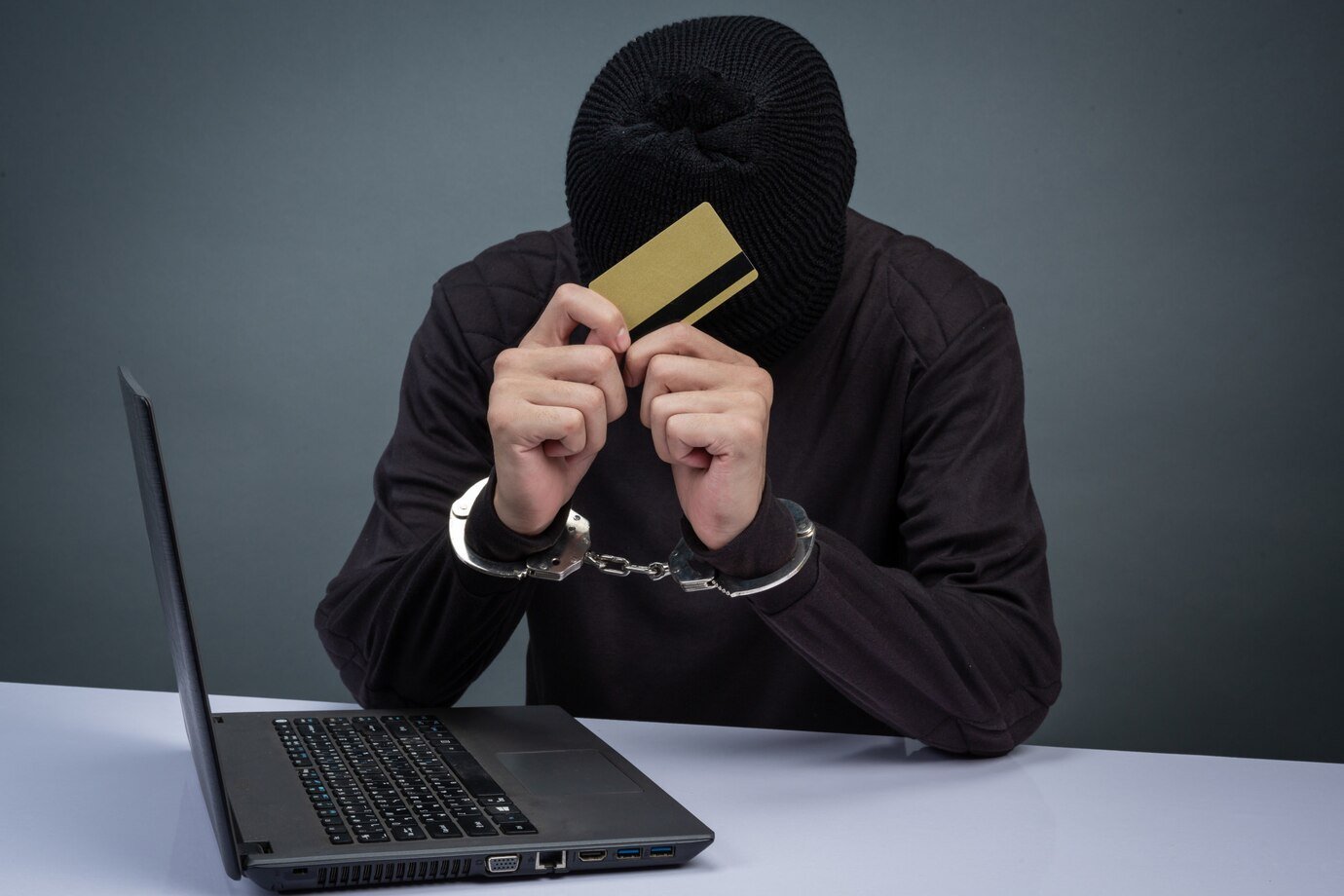Physical Address
304 North Cardinal St.
Dorchester Center, MA 02124
Physical Address
304 North Cardinal St.
Dorchester Center, MA 02124

The forex market is a space filled with opportunities, but it is also rife with risks, especially when dealing with unscrupulous brokers. Among the many tactics employed by scam brokers, unauthorized account withdrawals are one of the most alarming and damaging practices traders face. In this blog, we’ll uncover how scam brokers engage in unauthorized withdrawals, why this tactic is so effective for fraudsters, and what traders can do to safeguard their funds.
Unauthorized account withdrawals occur when a broker removes funds from a trader’s account without their explicit consent or knowledge. These withdrawals can range from small, unnoticed deductions over time to substantial amounts that wipe out the account balance in a single transaction.
This tactic is particularly effective for scammers because forex trading inherently involves a flow of funds, making it harder for traders to distinguish between legitimate activity and fraudulent behavior.
Scam brokers often use sophisticated methods to gain access to traders’ funds. Below are the common strategies they employ:
Identifying the signs of unauthorized withdrawals early can save traders from significant financial losses. Here are the key warning signs:
If you notice withdrawals or charges you don’t recognize in your account statement, it’s a major red flag.
Brokers that make the withdrawal process unnecessarily complicated or delay transactions without a valid reason could be engaging in fraudulent behavior.
Fees that aren’t clearly outlined in the broker’s terms and conditions—or fees that suddenly appear after you’ve started trading—are common signs of fraud.
If the broker provides unclear or incomplete information about trade outcomes or balance adjustments, they may be hiding unauthorized transactions.
Brokers operating under unregulated or questionable jurisdictions are more likely to engage in fraudulent activities, including unauthorized withdrawals.
Unauthorized withdrawals exploit the unique vulnerabilities of forex traders:
Always trade with brokers licensed by reputable regulatory authorities, such as:
Regulated brokers are required to follow strict financial guidelines, making unauthorized withdrawals far less likely.
Before opening an account, carefully review the broker’s terms and conditions. Pay attention to any mention of fees, charges, or the broker’s ability to make discretionary account adjustments.
Regularly check your account statements for any unauthorized deductions. The sooner you identify fraudulent activity, the faster you can act to protect your funds.
Deposit funds using secure payment options that provide buyer protection, such as credit cards or bank transfers. Avoid payment methods that give brokers unrestricted access to your funds.
If a broker requests discretionary control over your account, proceed with caution. Granting this level of access can leave you vulnerable to misuse.
Before making a significant deposit, test the broker’s withdrawal process with a small amount. If the process is unnecessarily complicated or delayed, consider it a red flag.
If you suspect your broker is making unauthorized withdrawals, take the following steps immediately:
Unauthorized account withdrawals are a deceptive and damaging tactic used by scam brokers to exploit traders. Recognizing the warning signs, staying vigilant, and choosing regulated brokers can significantly reduce your risk of falling victim to this fraud. If you ever encounter unauthorized activity in your account, act swiftly to protect your funds and report the fraudulent broker.
In the volatile world of forex trading, knowledge and caution are your best defenses against scams. Stay informed and trade wisely.